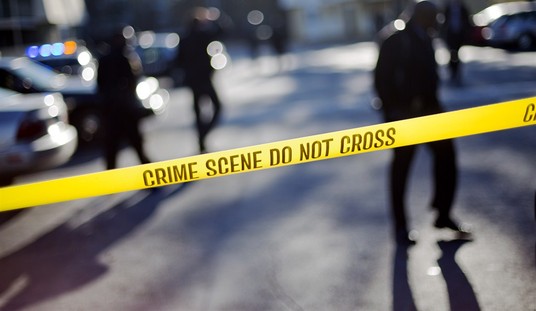Just follow Moe Lane’s handy tips, cross-posted on his own blog and at Red State.org:
- Figure out which professional agitation group typically runs faux-populist demonstrations in your area.
- Subscribe to their email list and/or website.
- DO NOT ENGAGE THEM IN CONVERSATION AND/OR DISCUSSION. You merely want to keep up with what they’re doing.
- When they announce a protest, note the time and date.
- Contact your local, actual conservative grassroots group.
- On the day of the event, swamp them ten to one. (Via Instapundit)
- Nicely.
- Politely.
- Smile a lot.
- Bring cameras
. Because they’re going to violate 7, 8, & 9 themselves, and you want that recorded.
I can certainly vouch for step number ten. Here’s more Moe:
These groups use strategic camera shots, a largely disinterested local press looking for local color, and a general lack of counter-protesters to come across as more powerful and effectual than they actually are. Right now they can get away with getting twenty people out to a local event and calling it “grassroots activism.” Make it clear that they’re ridiculously outnumbered, and they’ll have to start spending more and more resources to accomplish their goals, such as they are.
Moe Lane
PS: None of this should stop people from having their own protests, of course. But counter-protests are much easier to put together… if you have the people to do it. We do. They don’t.
Moe writes of “a largely disinterested local press looking for local color”, but if there’s a protest group they’re sympathetic to, the legacy media will go out of their way to stage shots for the news, as Tom Wolfe mentioned in an interview 21 years ago, referring back to his days as a workaday newspaper journalist in the 1960s:
Well, one of the things is what I would call “media ricochet”, which is the way real life and life as portrayed by television, by journalists like myself and others, begin ricocheting off of one another. That’s why to me, in Bonfire of the Vanities, it was so important to show exactly how this occurs when television and newspaper coverage become a factor in something like racial politics. And a good bit of the book has to do with this curious phenomenon of how demonstrations, which are a great part of racial and ethnic politics, exist only for the media. In the last days when I was working on The New York Herald-Tribune, I’ll never forget the number of demonstrations I went to and announced that to all the people with the placards, “I’m from The New York Herald-Tribune,” and the attitude was really a yawn, and then, “Get lost”. They were waiting for Channel 2 and Channel 4 and Channel 5, and suddenly the truck would appear and these people would become galvanized. On one occasion I even saw a group of demonstrators down in Union Square, marching across the Square, and Channel 2 arrived, a couple of vans, and the head of the demonstration walked up to what looked like the head man of the TV crew and said, “What do you want us to do?” He says, “Golly, I don’t know. What were you going to do?” He says, “It doesn’t matter. It doesn’t matter. You tell us.”
In contrast, faced with a Tea Party, the legacy media will cover that protest only grudgingly, then attempt to smear them as extremists, as we’ve seen from the credibility meltdowns by Susan Roesgen and Anderson Cooper regarding the April 15th Tea Parties. On the other hand, the sheer numbers that Moe refers to can make those efforts look silly, which helps to explain more recent outburts from CNN journalists such as this.










Join the conversation as a VIP Member